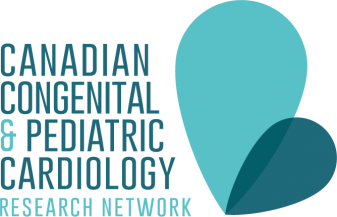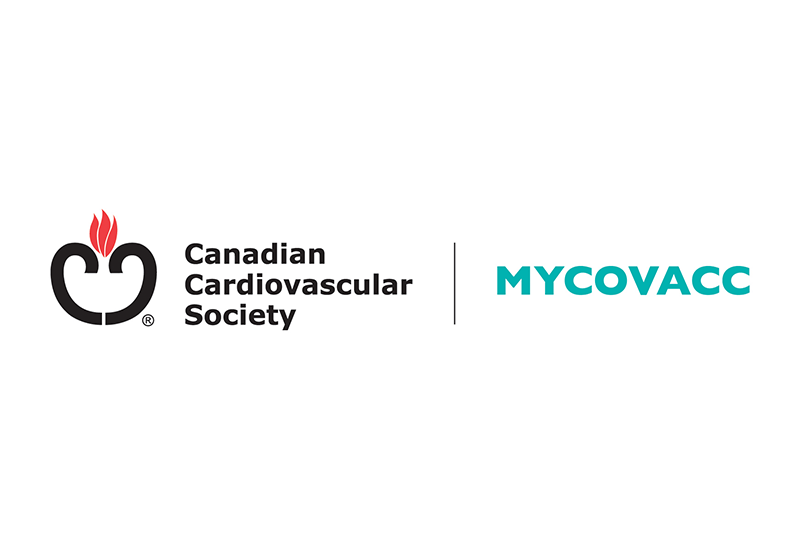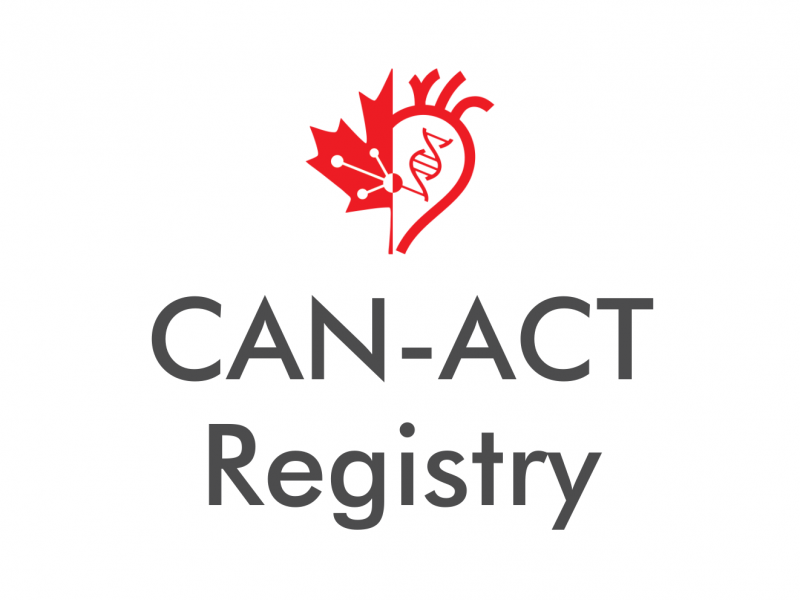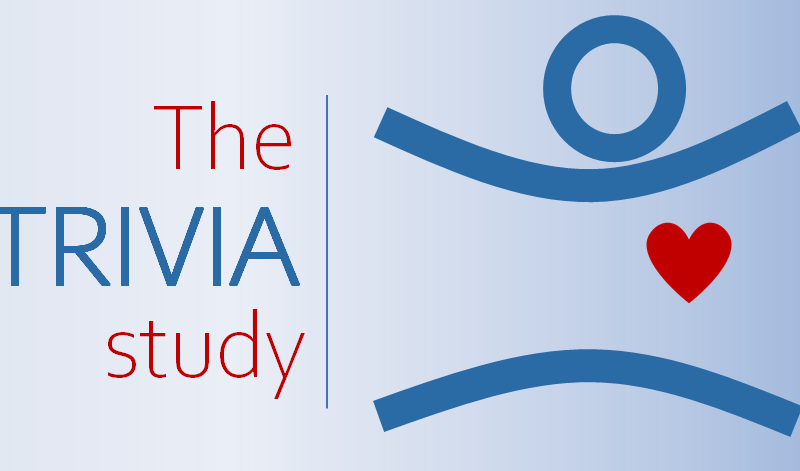
Anomalies of the aortic valve can lead to dilatation of the aorta, the largest artery of the body. It is unclear if medication can help reduce the rate of dilatation, but many children receive these medications anyway. We will study if children receiving medication are truly protected from aortic dilatation. In other words, is the medication they often receive efficacious?
Aortic dilatation occurs commonly in patients with BAV and begins to manifest during childhood. Progressive dilatation results in the development of an aortic aneurysm in about 25% of young adults. Long-term medical treatment to reduce the rate of aortic dilatation is often prescribed to these patients without having any evidence in favour of such treatment.
This is a retrospective cohort study on the value of medication in children with bicuspid aortic valve to prevent aortic dilatation. The objectives are to determine whether pharmacological treatment with either beta blockers or ACEI/ARB decreases the annual rate of aortic dilatation, and to determine the time to severe dilatation and the proportion participants achieving Z-score stabilization in treated compared to untreated patients.
We are leveraging the fact that some clinicians and institutions treat these patients, while others do not. This will enable to create treated and untreated groups with children with similar risk profiles and thus reduce the indication bias. The targeted sample size is 800 to 1,000 participants to detect a 50% reduction of the rate of aortic dilatation. This is a frequent condition and the data collection was kept to minimum. For some centres, it will be possible to extract data from echo databases and import directly into REDCap to reduce substantially the time needed to review charts and collect data.
This study design will provide good quality evidence while avoiding the prohibitive cost of prospective RCT.





Leave a Reply